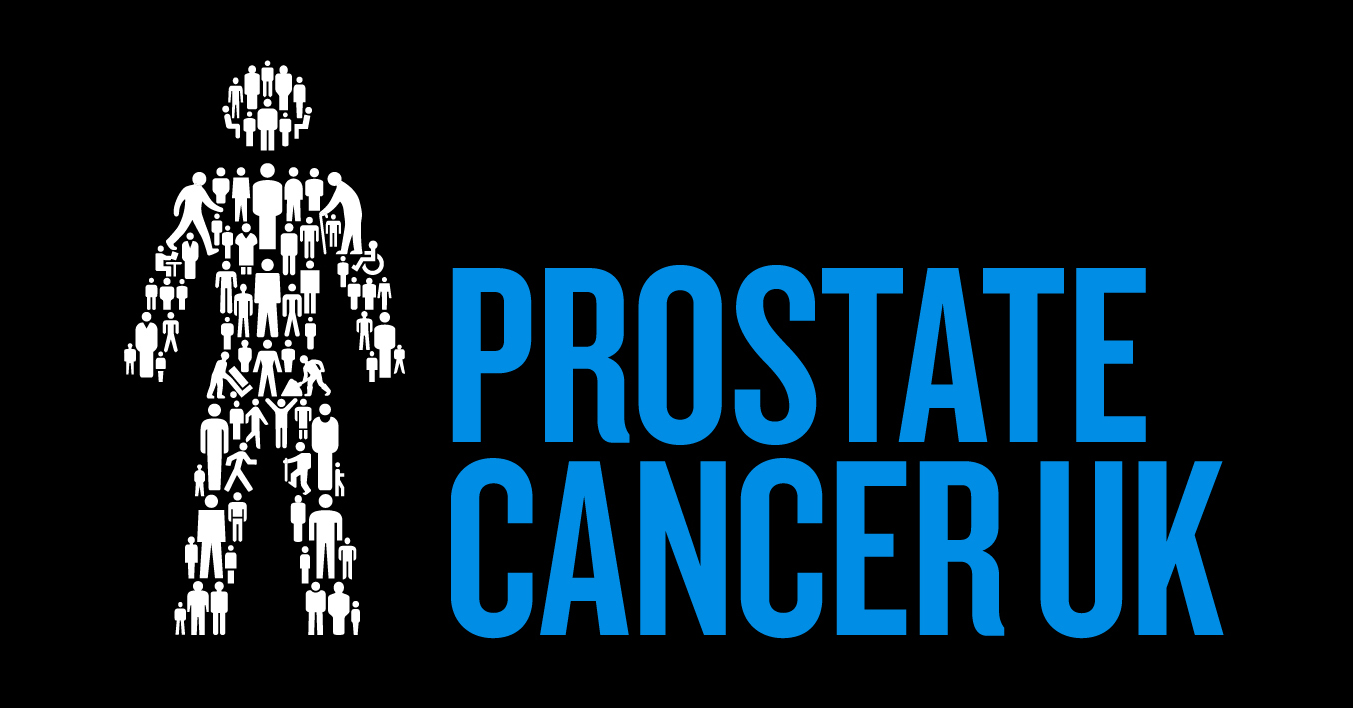Written in partnership with Stallard Kane Associates, Health & Safety Advisor Shaun Allan talks about the effects Brexit may have on health and safety practices.
What do you think when you hear the word ‘Brexit’?
For a large proportion of people, the first thoughts that come to mind are words such as, uncertainty, change and upheaval.
One of the many questions asked is “What will this mean for the UK once we leave the EU?”. Workers and businesses seem to have a real concern that leaving the EU will have a major impact on the way health and safety is approached and managed in the UK.
What does the Health & Safety Executive (HSE) say about Brexit?
The Health and Safety Executive’s current stance seems to be that very little will change in the management of health and safety. Companies will still be expected to operate within the remits of the Health and Safety at Work Act 1974 and associated legislation, such as the Management of Health and Safety at Work Regulations 1999. What this means in practical terms is that businesses will still need to adhere to current legislation and manage their operations with proportionate risk and safety management strategies.
The Government will undoubtedly have no appetite to be portrayed as weakening or dumbing down health and safety legislation and will continue to advocate companies doing all that is “reasonably practicable” to adequately safeguard those in their employment and others who may be affected by their acts or omissions.
There is of course a chance that things will eventually change in terms of the role of the courts, for example. Some laws currently in place and their interpretation are derived from EU law and will naturally differ slightly to the interpretation of UK judges.
What do I need to do?
The key thing to remember is that regardless of whatever Brexit the UK ends up with, a Soft Brexit or a Hard Brexit, in the short term at least, very little will change. You will still need to:
- Have a written health and safety policy and management system if you employ five or more people.
- Have suitable and sufficient risk assessments in place for your business.
- Ensure you, as an employer, do all that is reasonably practicable to manage hazards, reduce risks and have appropriate control measures to safeguard your workforce.
- Comply with current legislation such as the Health and Safety at Work Act 1974, Management of Health and Safety at Work Regulations 1999, Regulatory Reform (Fire Safety Order 2005) and other legislation.
What does it all mean for employers?
The truth is that none of us can tell definitively what the future will hold after Brexit. Our recommendations for the short term are to carry on as you have been doing, continuing to ensure you follow your policies, procedures and risk assessments, communicate with your employees and ensure continuous reviews and improvements to your health and safety management systems.
Do you have concerns about your compliance? If so, feel free to contact the Club Insure Risk Management team for help and guidance.







